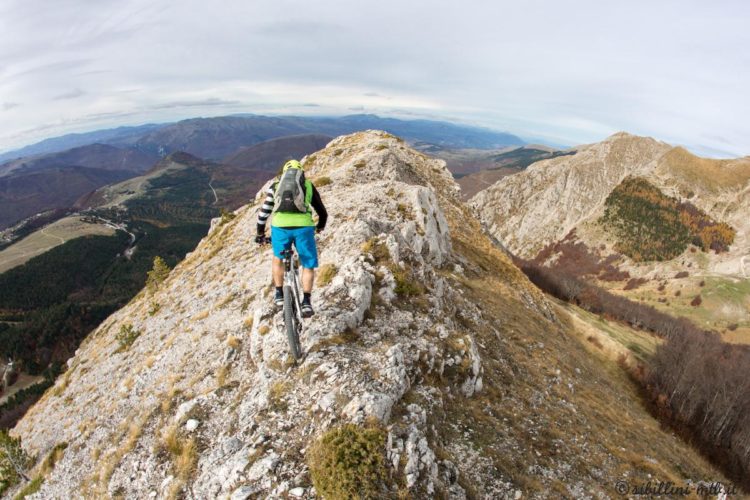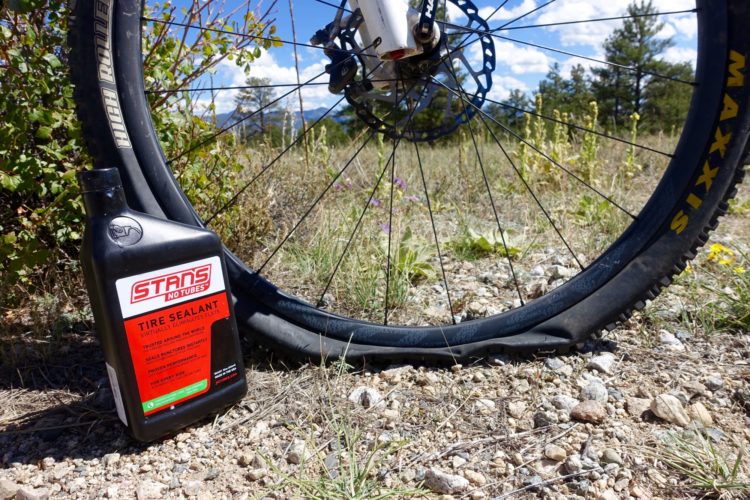Editor’s Note: “Over a Beer” is a regular column written by Greg Heil. While Greg is the Editor in Chief for Singletracks.com, any opinions expressed in this column are his alone and do not necessarily represent the opinions of Singletracks.com.
One of the most common arguments that hikers make to support the current ban on mountain bikes in Wilderness areas is that the supposed traffic and congestion that bicycles create will ruin their wilderness experience.

Somehow, their spiritual connection to the world around them is disrupted by the sight of another human being moving silently aboard two wheels. Never mind the cell phone, GPS unit, and other computerized gizmos that they’re carrying in their pack, or the guy hiking or riding his horse with music blaring on external speakers on his backpack (true story—have seen this more than once).
However, I think that keeping mountain bikes out of Wilderness areas is only increasing trail congestion and worsening the problem, and that if the Wilderness Act was returned to its original interpretation and bikes were again legally allowed to ride in capital-W Wilderness, that trail congestion and consequently, negative encounters, would be drastically reduced.
And here’s why.
Observations as a Hiker
In addition to mountain biking, I do quite a bit of hiking and trail running as well. And I’ve observed a very interesting hiking phenomenon from my trail endeavors both on foot, and from the back of my bike. The most important observation is this: hikers don’t travel very far from the trailhead. Backpacking is the exception rather than the rule when it comes to hiking, and the majority of hikers, even in Wilderness areas, don’t get very far from the road at all. If they penetrate even five miles one-way into the Wilderness before turning around, that’s a healthy distance for a day hike (10 miles!)! But for a mountain bike ride? That’s paltry.

How this plays out
Here’s a common scenario that plays out around many mountain towns in the Western US. Said mountain town is surrounded by numerous singletrack trails, and those trails travel from town, around the town, and many eventually enter into one or more Wilderness area. Bikes aren’t allowed in Wilderness, so they use all the trails close to town. The average hiker doesn’t have the time or stamina to hike all the way from the trailheads in question to even reach the Wilderness, much less penetrating deep into the Wilderness, so they end up using all of the trails around town too.
So, we have the vast majority of trail users on the trails close to the trailheads, and almost nobody using the trails in the Wilderness areas. In fact, the traffic is so minimal that many Wilderness trails are disappearing. This odd usage pattern is a result of the trail users who have legal access to Wilderness not being able to physically access those trails (hikers), and the trail users that could travel longer distances (mountain bikers) not being able to legally access to those trails. So everyone ends up on the same threads of singletrack.

The solution
But if, say, the Wilderness trails were fair game for bikes, it would pull many riders further away from the congested trails close to town, and out into the Wilderness. It’s very reasonable for even an average mountain biker to pedal 20-30 miles in a single morning ride, which on an out-and-back route, could still easily get them 15 miles away from town. 10 miles per DAY is a big commitment even for an average backpacker, meaning that it would take several days for an average person on foot (ultra runners excluded here) to cover that distance.
This is a basic argument that hikers have used to claim that mountain bikes in Wilderness would somehow take away from the reward that they feel by covering that distance on foot. (That basic argument is flawed, but that’s a discussion for another time.) However, as I noted above, most hikers rarely cover that distance to begin with, and rarely see those trails.
So, if you’re a hiker and you really want to have fewer encounters with mountain bikes, the best thing to do is to open more backcountry routes to riders. This will give them more options and more space, allowing them to travel further out of town, thereby relieving the congestion on the few trails close to town that they’re limited to use, and the few trails close to town that hikers can realistically access.



















